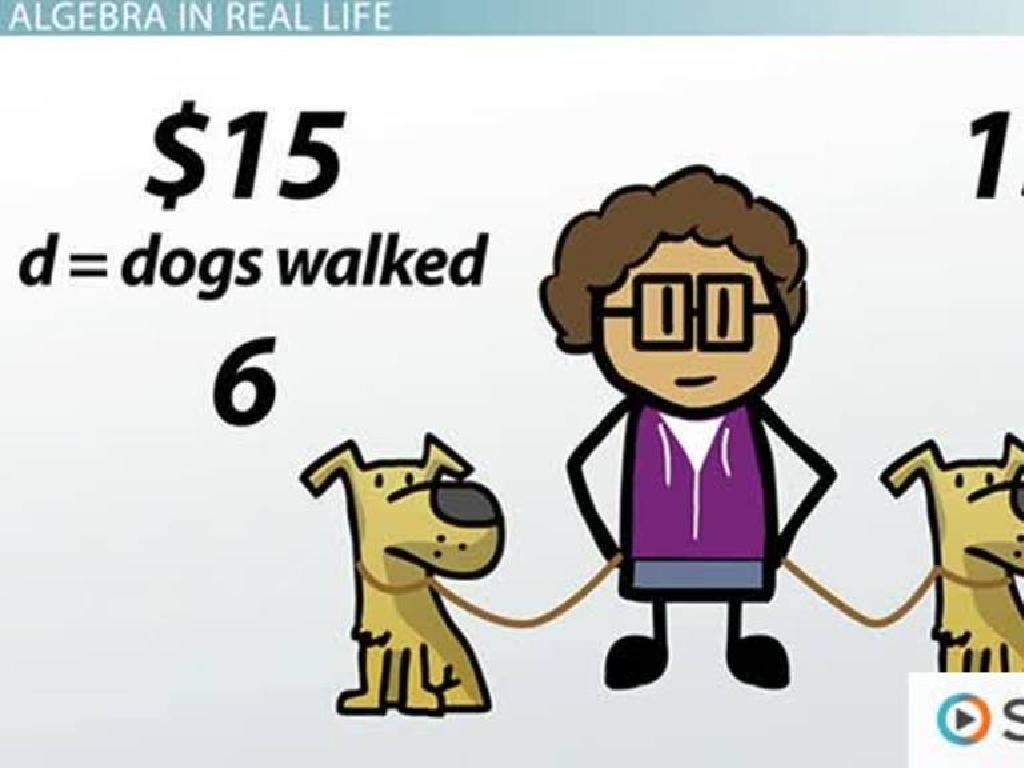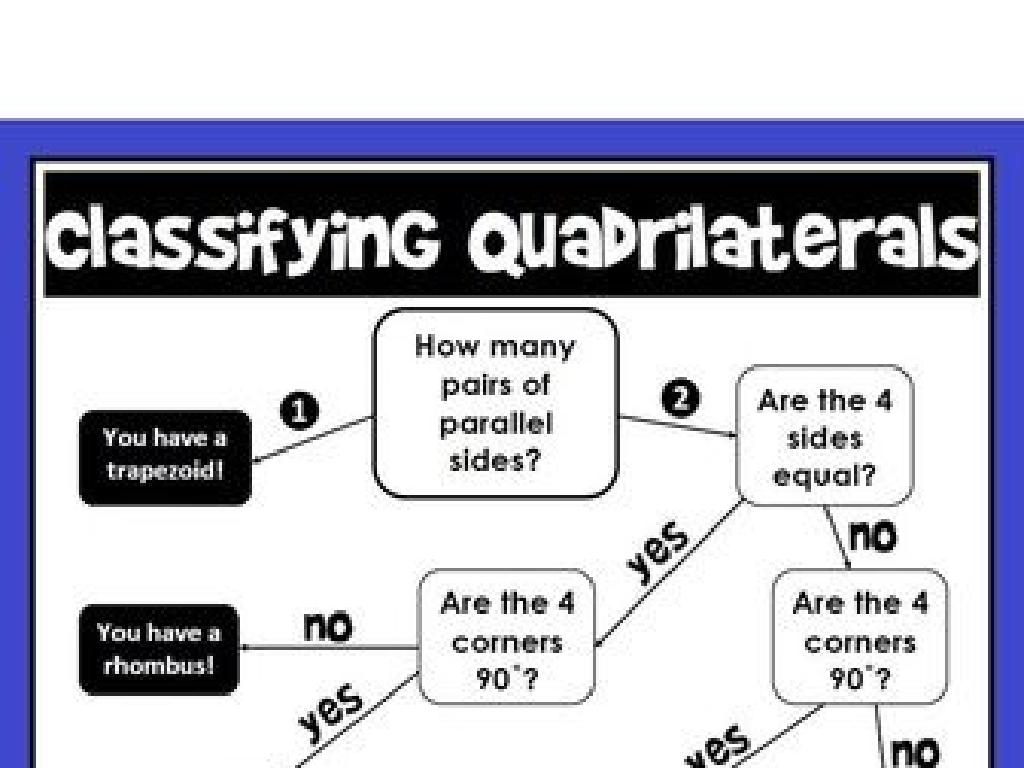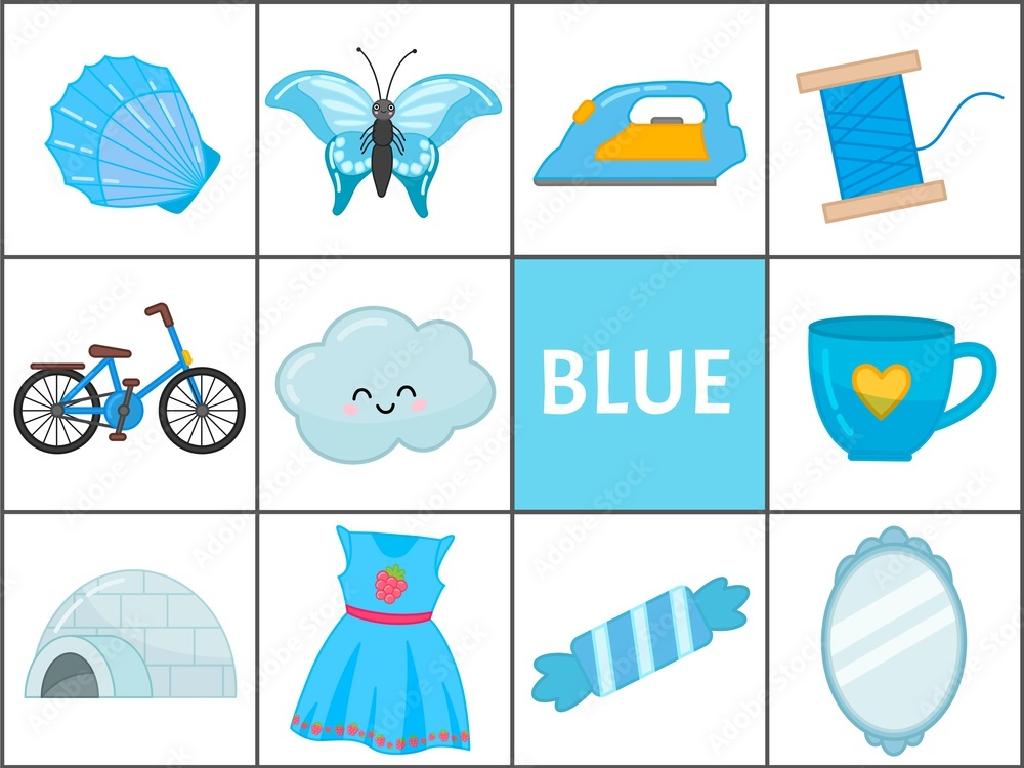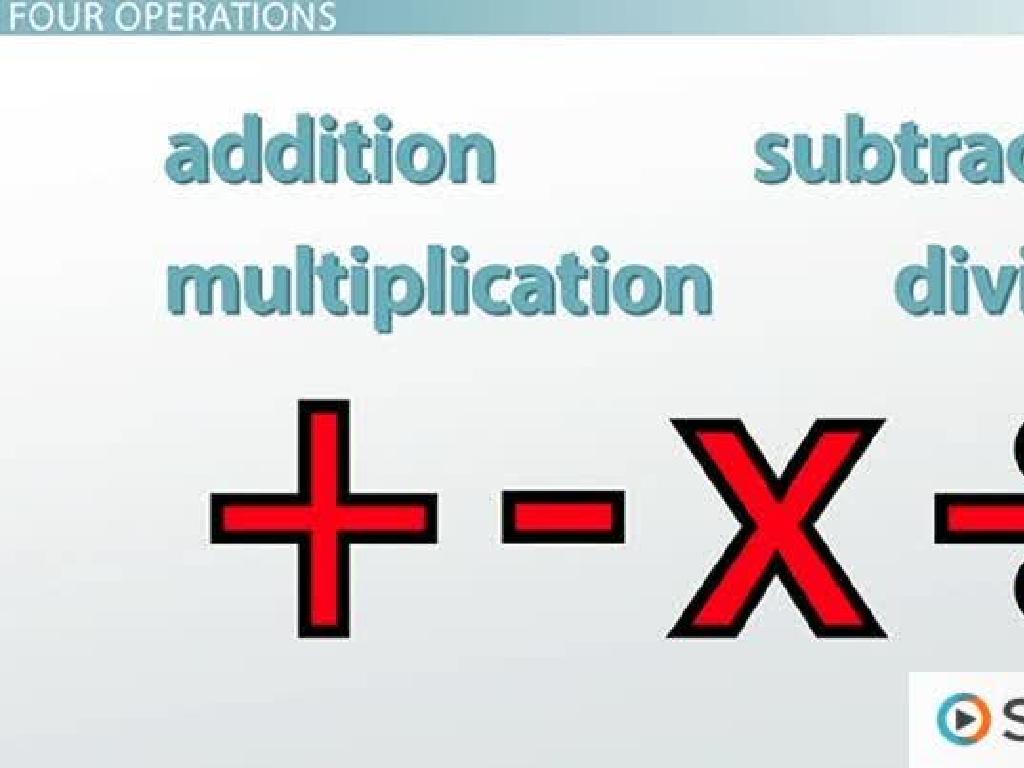Classify Rocks And Minerals
Subject: Science
Grade: First grade
Topic: Earth'S Resources
Please LOG IN to download the presentation. Access is available to registered users only.
View More Content
Exploring Earth’s Treasures: Rocks & Minerals
– Earth shares many resources
– Rocks and minerals are everywhere
– Like in buildings, jewelry, and tools
– They form the ground we walk on
– Used in our daily lives
– Think of kitchen counters or pencil lead
|
This slide introduces the concept of Earth’s resources, focusing on rocks and minerals for a first-grade science class. Begin by explaining that Earth provides us with many natural resources that we use in our everyday lives. Emphasize that rocks and minerals are not just found in nature; they are also part of many objects we use daily, such as houses, jewelry, and even the graphite in pencils. Encourage students to think about and share examples of where they might have seen rocks and minerals in their own lives. This will help them connect the lesson to the real world and understand the importance of these natural resources.
Exploring Rocks
– Rocks are made of minerals
– Just like a cookie has chips, rocks have minerals!
– Rocks: Many sizes and colors
– From tiny pebbles to huge boulders, rocks can be many different sizes and colors.
– Rocks have various shapes
– Some rocks are round, some are jagged, and others are flat.
– Examples: Pebbles to boulders
– Pebbles are small rocks, boulders are very big, and sandstone is a rock made from sand!
|
This slide introduces first graders to the concept of rocks and their characteristics. Emphasize that rocks are composed of minerals, much like ingredients in a recipe. Highlight the diversity in rock size, color, and shape to help students understand the variety found in nature. Use tangible examples such as pebbles, which they can hold in their hands, and boulders, which they might see in a park, to make the information relatable. Sandstone can be used to show how even sand can become a rock. Encourage students to bring in their own rock examples for show and tell to make the next class interactive and engaging.
Exploring Types of Rocks
– Igneous rocks from lava
– Form when lava or magma cools and hardens.
– Sedimentary rocks from fragments
– Made of bits of other rocks pressed together.
– Metamorphic rocks change with heat
– Formed under Earth’s surface with heat and pressure.
– Rocks tell Earth’s story
|
This slide introduces first graders to the three main types of rocks and how they are formed, linking back to the broader topic of Earth’s resources. Igneous rocks are created from the cooling of lava or magma, which can be related to when they see pictures or videos of volcanoes. Sedimentary rocks are like a puzzle made from older rocks, which can be likened to a sandbox where layers are formed over time. Metamorphic rocks have been transformed by great heat and pressure, similar to how clay can be molded into a new shape. Encourage students to think about how each rock type might look and feel. You can bring rock samples for a hands-on experience or show clear illustrations. Discuss how the entire process is part of the Earth’s way of recycling materials.
Exploring Minerals
– Minerals are natural solids
– Each has a unique crystal shape
– Like tiny, unique building blocks
– Quartz, diamond, and salt
– Common minerals we can find
– Minerals are Earth’s treasures
|
This slide introduces the concept of minerals to first-grade students. Minerals are defined as natural, solid substances found in the Earth. Emphasize that each mineral has its own special crystal structure, which is like a unique pattern or shape that can be different for every type of mineral. Use familiar examples such as quartz, diamond, and salt to help students connect the concept to real-world items. Explain that minerals are very important and are considered treasures of the Earth because they help make up many of the things we see and use every day. Encourage students to think about and share any experiences they have had with these minerals or any others they might know.
Let’s Classify Rocks
– Sort rocks by size, color, texture
– Big or small, rough or smooth, brown or gray
– Sorting helps us understand rocks
– Learn the differences between rocks
– Class activity: Rock sorting!
– We’ll work together to sort rocks in class
|
This slide introduces the concept of classification to first graders by using the familiar objects of rocks. Explain that rocks can be sorted by their size (big or small), color (such as brown, gray, or red), and texture (smooth or rough). Emphasize that sorting is a way scientists make sense of different types of rocks. For the class activity, provide a variety of rocks and guide the students to sort them into different categories based on the mentioned criteria. Possible activities include sorting rocks into egg cartons labeled with size, color, or texture, or creating a rock museum where each student presents a rock and explains its classification. This hands-on activity will help reinforce the lesson and make learning fun.
Let’s Classify Minerals
– Minerals have unique colors
– They have different shapes
– Sort minerals by hardness
– How easily a mineral can be scratched
– Look at the mineral’s luster
– How shiny or dull a mineral looks
|
This slide introduces the basic properties used to classify minerals, such as color, shape, hardness, and luster. Color and shape are the most apparent features and can be easily observed by young students. Hardness determines how easily a mineral can be scratched, which can be tested using simple tools. Luster describes how light reflects from a mineral’s surface, ranging from shiny to dull. For the activity, provide a set of mineral samples or pictures and their corresponding names on cards. Students will match the minerals to their names based on their observations of the minerals’ properties. This hands-on activity will help reinforce their understanding of mineral classification.
Rocks vs. Minerals
– Rocks are made of minerals
– Think of rocks as a cookie with different chips!
– Rocks are bigger and mixed
– Rocks can be as big as a mountain or a small pebble.
– Minerals are pure substances
– Like ingredients in a recipe, minerals are simple and not mixed.
– Minerals have crystal structures
– Minerals grow into shapes like cubes and pyramids.
|
This slide aims to help first graders understand the difference between rocks and minerals. Rocks are compared to a cookie with different chips to illustrate that they are made up of different minerals. Emphasize that rocks can be of various sizes but are generally bigger and consist of a mix of minerals. Minerals, on the other hand, are pure substances and have a specific crystal structure, which can be related to shapes that children are familiar with, like cubes and pyramids. Use simple language and relatable comparisons to ensure the concept is clear to the students. Encourage them to touch and see different rocks and minerals if possible to enhance their understanding.
Class Activity: Rock and Mineral Hunt
– Let’s go on a hunt around our classroom
– Find and collect various rocks and minerals
– Classify the rocks and minerals
– Is it shiny or dull? Smooth or rough?
– Share your findings with the class
|
This activity is designed to engage first-grade students in a hands-on learning experience about rocks and minerals, which are part of Earth’s resources. Set up different stations around the classroom with various types of rocks and minerals. Provide students with magnifying glasses to observe and collect samples. Teach them how to classify rocks by size, color, texture, and appearance. Encourage them to discuss their findings and share interesting facts with the class. Possible variations of the activity could include: sorting rocks by color, testing for hardness, or grouping by how they are formed. This will help students understand the diversity of geological materials and their characteristics.
Conclusion: The Value of Rocks and Minerals
– Rocks and minerals are Earth’s treasures
– Classifying rocks and minerals is fun
– We sorted them by size, color, and texture
– Nature gives us these resources
– They come from the ground, where many creatures live
– Always respect and care for nature
– We should not litter or harm the places where rocks and minerals are found
|
This slide wraps up our lesson on rocks and minerals, emphasizing their importance as natural resources. Reinforce the concept that rocks and minerals come in various forms and can be classified by different characteristics such as size, color, and texture, which the students have learned to identify. Highlight the importance of respecting nature and the environment where these resources are found. Encourage the students to be mindful of their actions, such as not littering and not damaging natural habitats, to preserve these resources for future generations. This conclusion slide aims to instill a sense of responsibility and appreciation for Earth’s resources in the students.






